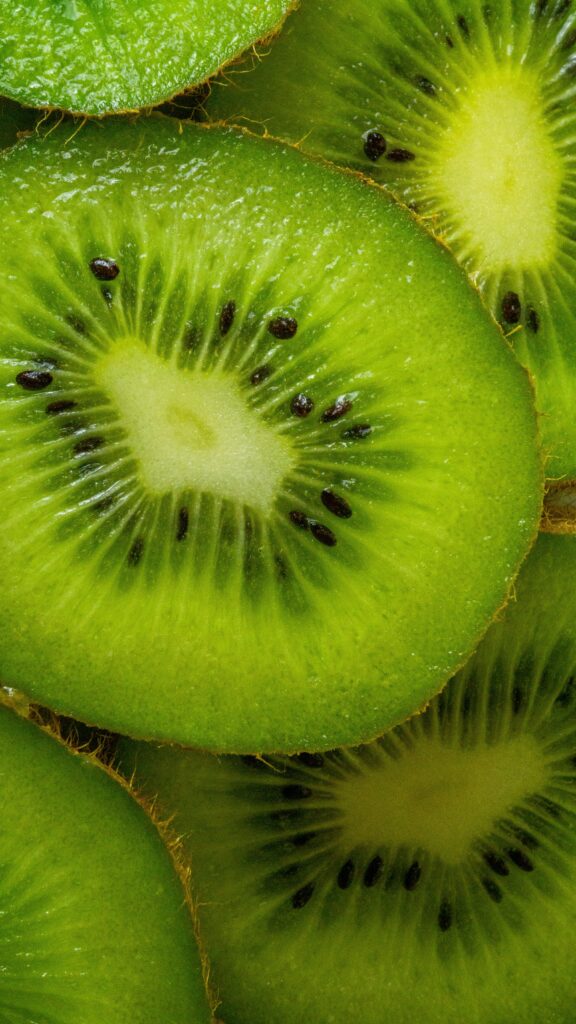
According to a recent research conducted by researchers of the Italian National Agency for New Technologies, Energy and Sustainable Economic Development (ENEA) and the Council for Research in Agriculture and the Analysis of Agriculture Economy (CREA), kiwifruit plants treated with UV rays are more resistant to pathogens. In particular, more than 60% of the plants treated, after one week only, have shown to be less sensitive to the so-called “bacterial canker”, or Pseudomonas syringae pv. actinidiae (Psa), to which kiwifruits are exposed. Conversely, the infected kiwifruit leaves which have not been treated with UV-C rays have shown to be brown and saggy.
“The UV ray dosing has induced the production of particular molecules, such as carotenoids and phenols, which have strengthened the natural defenses of the plant,” said Paolo Di Lazzaro of the ENEA Laboratory of Plasma Applications and Interdisciplinary Experiments, who has led the research along with his colleagues. “This effect is known as ‘hormesis and is a promising alternative to health of consumers and operators in this sector,” said Simona Lucioli, researcher at the Olive, Fruit and Citrus Crops Centre (CREA-OFA).
For irradiation, the researchers of the Excimer Laser Laboratory at the ENEA Frascati Research Centre have developed a portable device as big as a smartphone, made of 20 LED lamps, which provide irradiation of variable power and duration in order to ensure stability of the irradiated intensity in the long term. “As compared to traditional mercury lamps used so far for this type of treatment, the LED lamps of our device have better features in terms of robustness, lightness, rapid switching on/off and, above all, portability for field applications,” said Di Lazzaro.
In Italy, according to the Food and Agriculture Organization (FAO), there are approximately 25,000 hectares of land with kiwifruit plants and the region which produces more of them is Latium, with approximately 9,500 hectars (2022 Istat data). However, the effects of climate change and the spreading of the Psa bacterium, which has occurred all over the world since 2008, have been a great challenge for farmers who have often been forced to use agronomic and chemical agents, which have however some impact on the environment, to control the spreading of the disease. This is why, the study conducted by the ENEA and CREA team paves the way to new green treatments to protect these plants.

